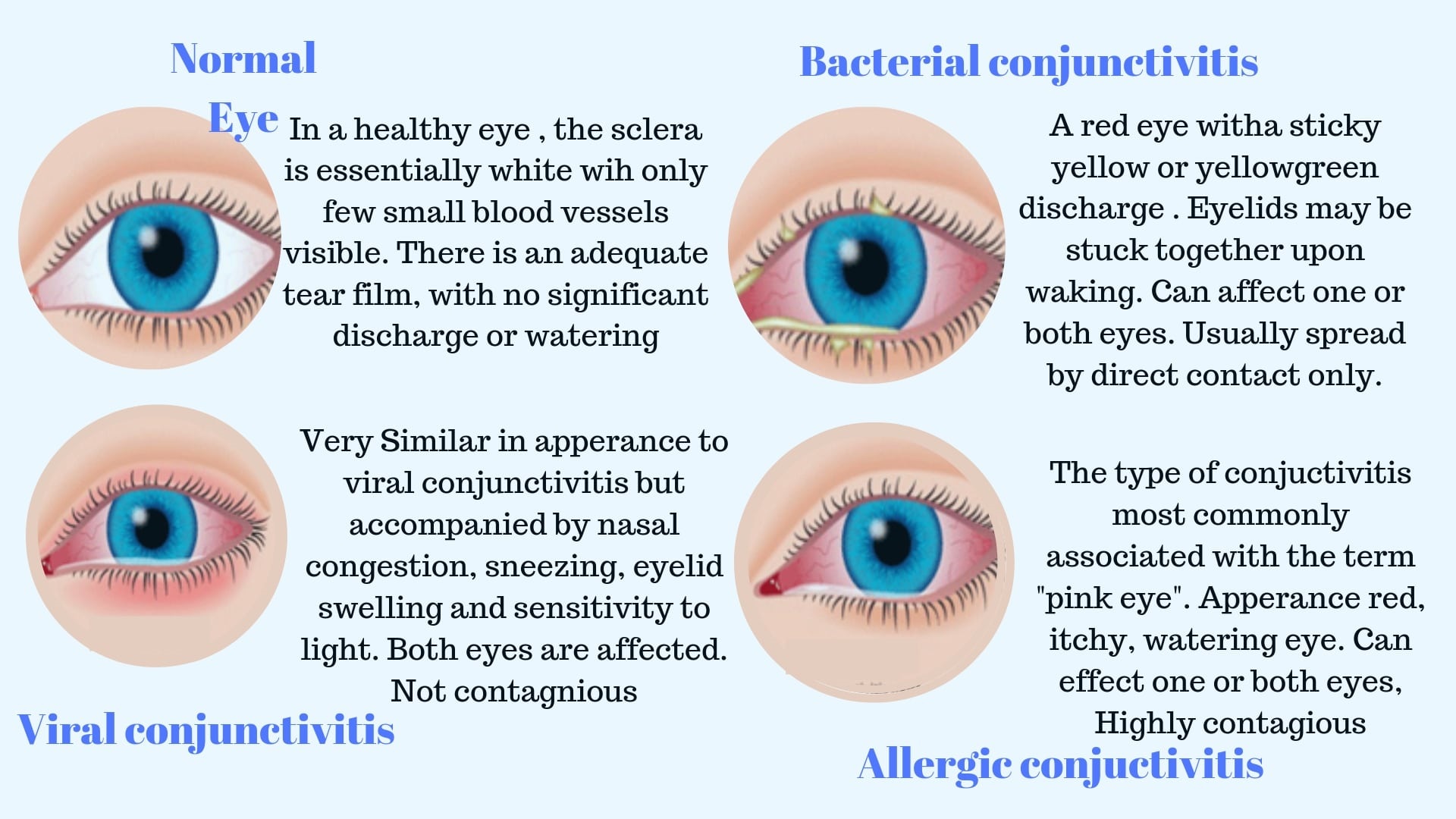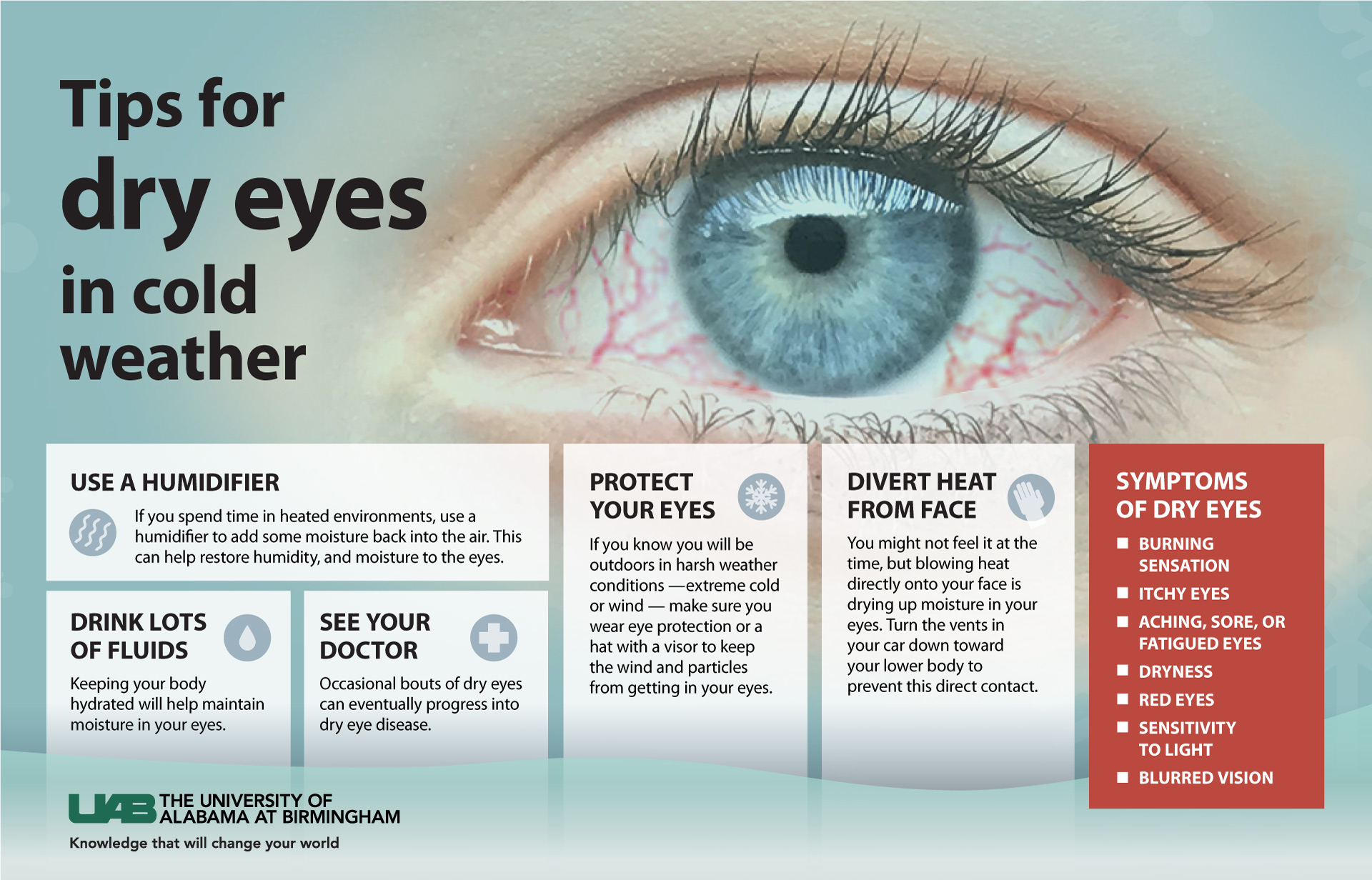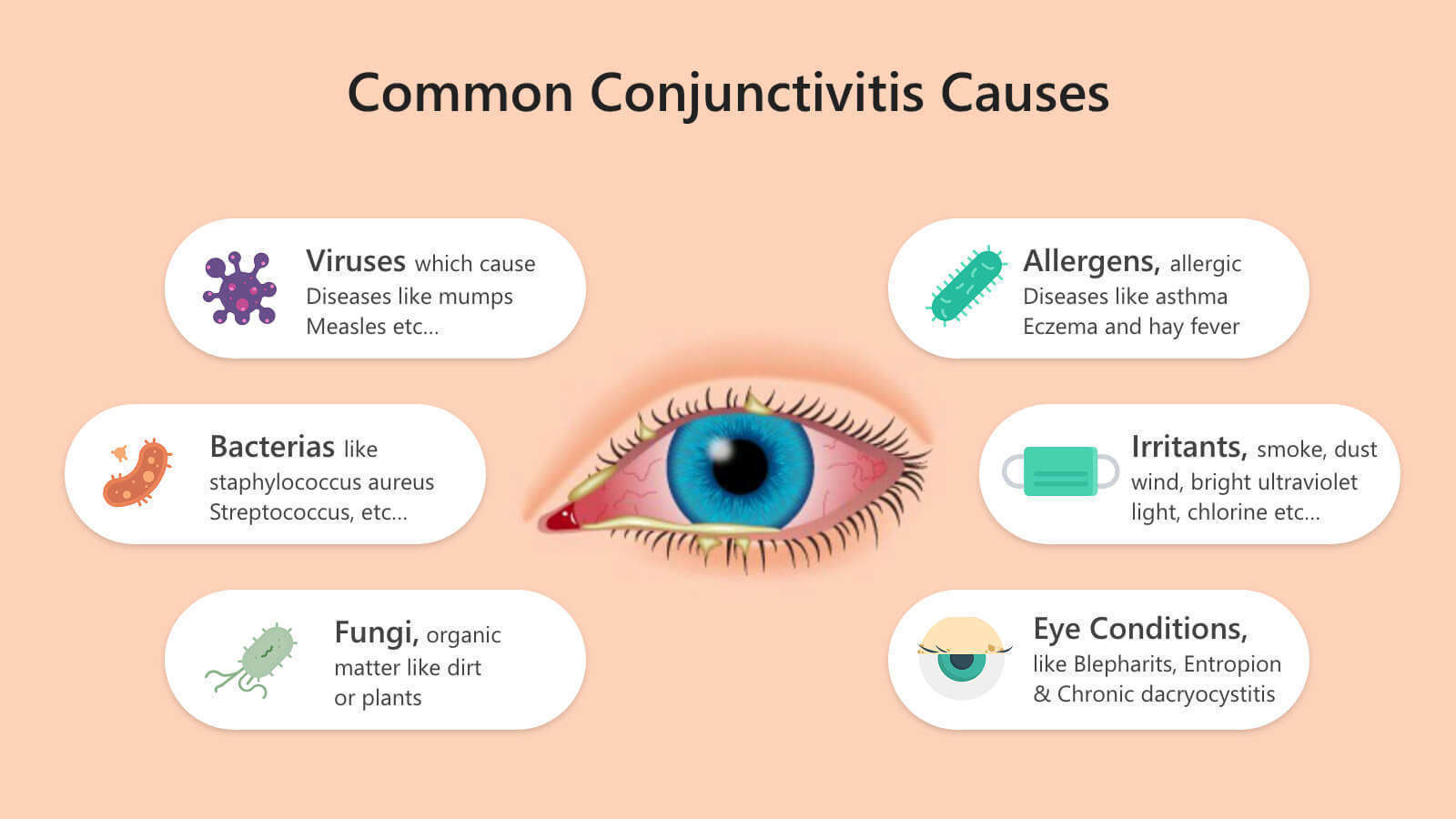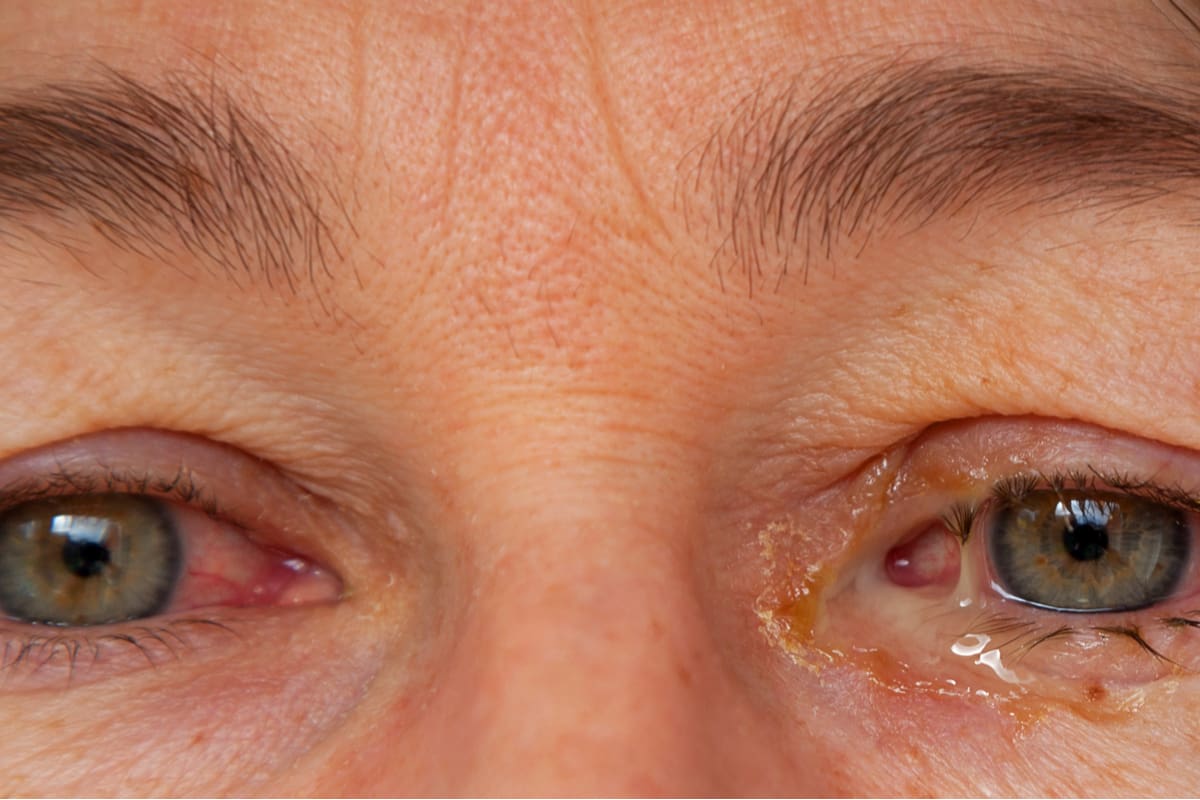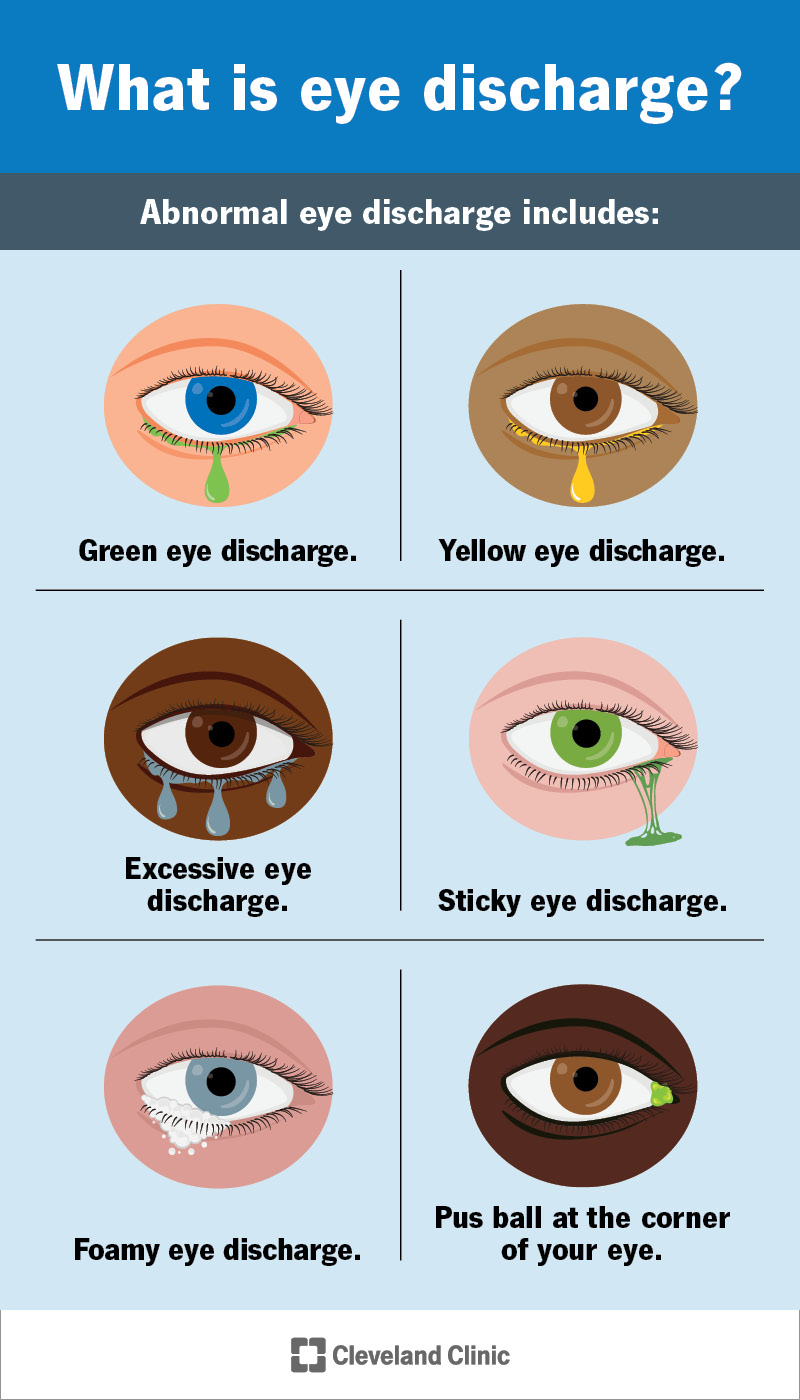Eye Discharge During Cold
Eye Discharge During Cold - Cold and flu symptoms typically manifest themselves through nasal, mouth, throat and lung congestion; Eye colds also usually cause teary or watery eyes, and you may even have some whitish eye discharge. As if those symptoms weren’t bothersome enough, a cold can also infect your eyes, leading to watery discharge and irritation. One of the most common eye conditions associated with colds and the flu is conjunctivitis, otherwise known as pink eye. However they can also affect.
One of the most common eye conditions associated with colds and the flu is conjunctivitis, otherwise known as pink eye. However they can also affect. Eye colds also usually cause teary or watery eyes, and you may even have some whitish eye discharge. As if those symptoms weren’t bothersome enough, a cold can also infect your eyes, leading to watery discharge and irritation. Cold and flu symptoms typically manifest themselves through nasal, mouth, throat and lung congestion;
Cold and flu symptoms typically manifest themselves through nasal, mouth, throat and lung congestion; One of the most common eye conditions associated with colds and the flu is conjunctivitis, otherwise known as pink eye. Eye colds also usually cause teary or watery eyes, and you may even have some whitish eye discharge. However they can also affect. As if those symptoms weren’t bothersome enough, a cold can also infect your eyes, leading to watery discharge and irritation.
Mucopurulent Conjunctivitis Causes, Symptoms and Treatment
However they can also affect. Cold and flu symptoms typically manifest themselves through nasal, mouth, throat and lung congestion; One of the most common eye conditions associated with colds and the flu is conjunctivitis, otherwise known as pink eye. Eye colds also usually cause teary or watery eyes, and you may even have some whitish eye discharge. As if those.
Types of Eye Discharge, Mucus, and Their Causes
One of the most common eye conditions associated with colds and the flu is conjunctivitis, otherwise known as pink eye. Cold and flu symptoms typically manifest themselves through nasal, mouth, throat and lung congestion; Eye colds also usually cause teary or watery eyes, and you may even have some whitish eye discharge. However they can also affect. As if those.
Eyes On The Prize Eye Flu With Expert Tips
Cold and flu symptoms typically manifest themselves through nasal, mouth, throat and lung congestion; Eye colds also usually cause teary or watery eyes, and you may even have some whitish eye discharge. However they can also affect. One of the most common eye conditions associated with colds and the flu is conjunctivitis, otherwise known as pink eye. As if those.
Eye Discharge Causes, Associated Conditions, and Treatments 1MD
One of the most common eye conditions associated with colds and the flu is conjunctivitis, otherwise known as pink eye. As if those symptoms weren’t bothersome enough, a cold can also infect your eyes, leading to watery discharge and irritation. However they can also affect. Eye colds also usually cause teary or watery eyes, and you may even have some.
Understanding Eye Colds Differentiating Between Conjunctivitis and
As if those symptoms weren’t bothersome enough, a cold can also infect your eyes, leading to watery discharge and irritation. Cold and flu symptoms typically manifest themselves through nasal, mouth, throat and lung congestion; One of the most common eye conditions associated with colds and the flu is conjunctivitis, otherwise known as pink eye. Eye colds also usually cause teary.
Understanding the Gunk in my Eyes Causes, Types and Treatments
As if those symptoms weren’t bothersome enough, a cold can also infect your eyes, leading to watery discharge and irritation. Cold and flu symptoms typically manifest themselves through nasal, mouth, throat and lung congestion; However they can also affect. One of the most common eye conditions associated with colds and the flu is conjunctivitis, otherwise known as pink eye. Eye.
Cold weather woes and dry eyes News UAB
Eye colds also usually cause teary or watery eyes, and you may even have some whitish eye discharge. As if those symptoms weren’t bothersome enough, a cold can also infect your eyes, leading to watery discharge and irritation. One of the most common eye conditions associated with colds and the flu is conjunctivitis, otherwise known as pink eye. Cold and.
Eye Cold Contagious Conjunctivitis You Ought to Know About
One of the most common eye conditions associated with colds and the flu is conjunctivitis, otherwise known as pink eye. Eye colds also usually cause teary or watery eyes, and you may even have some whitish eye discharge. However they can also affect. Cold and flu symptoms typically manifest themselves through nasal, mouth, throat and lung congestion; As if those.
Crusty Mucus Eyes
Cold and flu symptoms typically manifest themselves through nasal, mouth, throat and lung congestion; One of the most common eye conditions associated with colds and the flu is conjunctivitis, otherwise known as pink eye. Eye colds also usually cause teary or watery eyes, and you may even have some whitish eye discharge. However they can also affect. As if those.
Eye Discharge (Eye Mucus) Causes, Types & Treatment
One of the most common eye conditions associated with colds and the flu is conjunctivitis, otherwise known as pink eye. As if those symptoms weren’t bothersome enough, a cold can also infect your eyes, leading to watery discharge and irritation. However they can also affect. Cold and flu symptoms typically manifest themselves through nasal, mouth, throat and lung congestion; Eye.
One Of The Most Common Eye Conditions Associated With Colds And The Flu Is Conjunctivitis, Otherwise Known As Pink Eye.
Eye colds also usually cause teary or watery eyes, and you may even have some whitish eye discharge. However they can also affect. As if those symptoms weren’t bothersome enough, a cold can also infect your eyes, leading to watery discharge and irritation. Cold and flu symptoms typically manifest themselves through nasal, mouth, throat and lung congestion;

:max_bytes(150000):strip_icc()/eye-mucus-types-3422108_color2-5b95bba0c9e77c0082f5eeb0.png)
